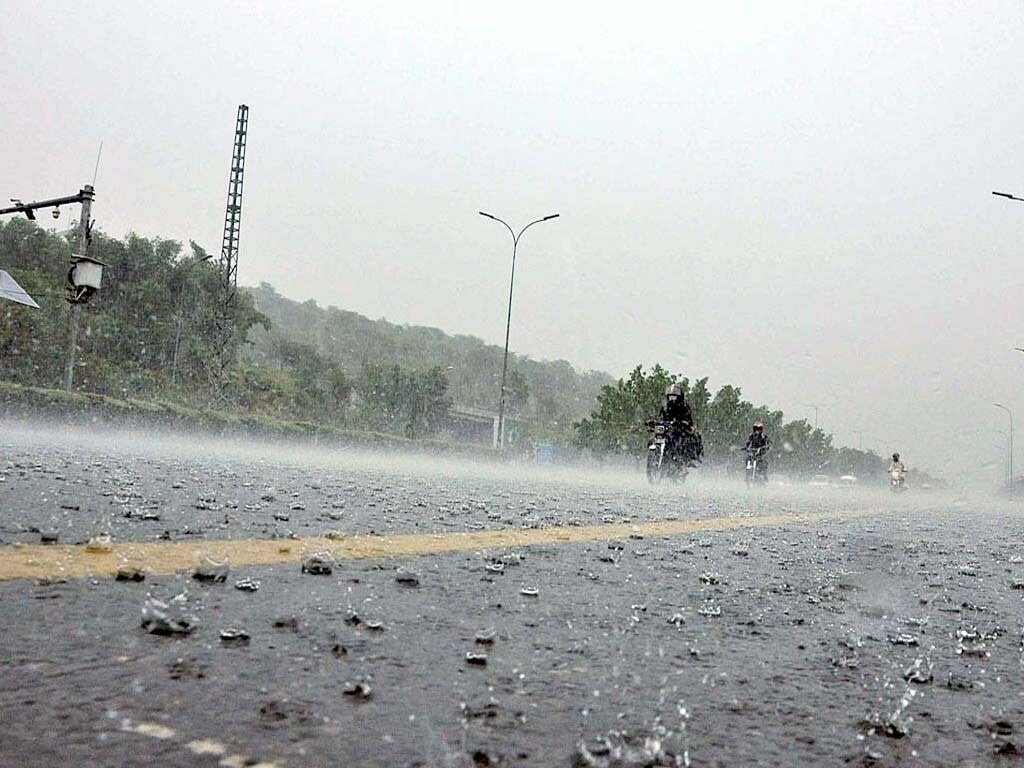Islamabad is the capital of Pakistan and is known as the second most beautiful capital in the world. A commission picked the city’s site in 1959 after Karachi was seen as unacceptable as the capital. Development started in 1961 with a work to mix conventional Islamic engineering with current examples and necessities. Contrasted with different urban communities in the country, Islamabad is a perfect, open, and calm city with loads of vegetation. The site of the town has a set of experiences returning to the earliest human residences in Asia. This region has seen the principal settlement of Aryans from Central Asia. Old trains passing from Central Asia, and the vast multitudes of Tamerlane and Alexander.
The weather in Islamabad:
The weather in Islamabad is nowadays average. It’s been normal compared to other cities because Margalla mountains and cold hills surround it. It’s a green city with no pollution and traffic, which is common in every town. That’s the main thing about it. Many trees are the cause of the average temperature. Thanks to the previous government, they extremely focused on the trees to decrease global warming, which increases the temperature in other cities.
 Climate change in Islamabad:
Climate change in Islamabad:
There is a need to expand the green spaces, control deforestation. Decrease the utilization of engine vehicles and construct little dams for legitimate capacity of water.To battle the adverse consequences of the environmental change in the capital city. As per a report gathered by the Institute of Geographical Information System, the effects of the environmental change would straightforwardly influence individuals living in the capital city. As the power and recurrence of the outrageous occasions would increment before very long. The exploration report showed that in 2031-2040 most minor temperature in Islamabad would be 16.04 ( C), the most extreme temperature 27.62 ( C), and sunlight-based radiation would be 16.74 MJ/m2. Deforestation in Islamabad: Islamabad has been known for its greenery in past decades. The lush green trees that cover the roads and other domains are something that makes it different from other cities. However, most recent information uncovers that Islamabad is quickly losing its metropolitan woodlands. Starting around 1976 and keeps on doing as such, with the deforestation rate higher than the tree cover gain. Hammad Gilani, who is a post-doctorate from the University of Illinois Respect level extension for private and business purposes. It is one of the significant explanations behind infringements in the green zones of Islamabad. According to Hammad: “The transformation of trees and green zones into concrete is uncovering the dirt, which can be horrendous if any catastrophic event, particularly on the off chance that a quake strikes the city.The uncovered soil will not have the option to hold itself and the substantial homes and squares based upon it would diminish to rubble.”
Water crisis:
Shortage of water, particularly consumable water, has stayed a significant problem in opening new areas in Islamabad. However, due to persistent water lack, the number of inhabitants in the city is developing at a pace of 5.7 percent each year, irritating the water deficiency. The present population of Islamabad is 1.757 million, which is likely to increase in 2050 up to 4.443 million. The current water reservoirs in Islamabad are Khanpur. Other few tube wells are made, as the pools of water are shallowing and scattering in Islamabad. The water level of Khanpur has dropped to 1938 feet against its ability of 1982 feet. This is one of the significant repositories in Islamabad that provisions water to twin urban communities. The News International revealed. WASA cautioned here on Wednesday that the occupant might confront a total stoppage of savoring water the next few days.


 Climate change in Islamabad:
Climate change in Islamabad:


